Sitting by the side of the intricately sculpted, ancient temples of Khajuraho, I watched entranced, as a rainbow of women in bright saris carrying flowers and little silver pots made their way to the only temple still in use. The air was filled with incense and the sound of bells chiming, chanting, chatter and laughter.
Its a typical scene in rural India, but these are not typical temples. They are adorned with sculptures that are very surprising to see in a sacred place in a conversative country like India, but it seems that wasn’t always so.
The temples at Khajuraho are a UNESCO world heritage site best known for the explicit erotic sculptures that adorn the ancient temples – giving them the nickname – the Kama Sutra temple or temples of sex.
But there’s much more to the Khajuraho’s temples and, actually, the famous erotic figures account for only 10% of the numerous sculptures, and there is much more to see in this village that gave me a fascinating glimpse into rural Indian life.
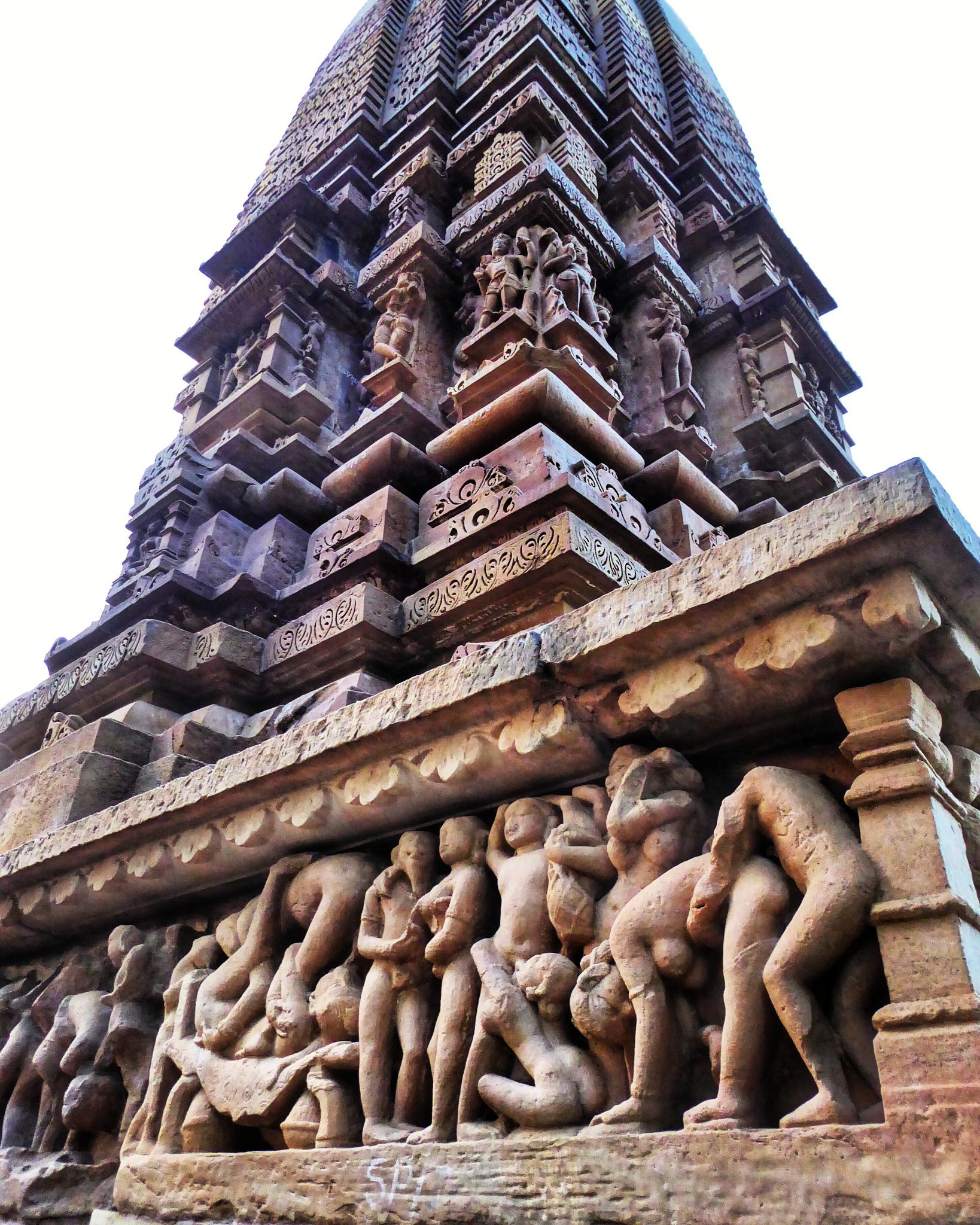
The Ancient Temples of Khajuraho
The temples of Khajuraho are amazingly, stunningly intricate in architecture, style and detail and freezes of detailed sculptures run all along and around the temples and up the flamboyant spires.
They were built in the 10th century by the Chandelas, one of the rajpats or ruling dynasties that were prevalent throughout India in that time and often fought violent wars against each other or against invading parties.
There are several groups of temples in Khajuraho, including Jain temples, but only 22 of the 85 original temples remain. They are spread throughout the countryside, the western group of temples are the best preserved, most interesting and the only ones you have to pay for.
Most of the temples at Khajuraho are no longer in use but the commotion of people visiting the temple in the distance gave me a feel for what it would have been like in the temples heyday.
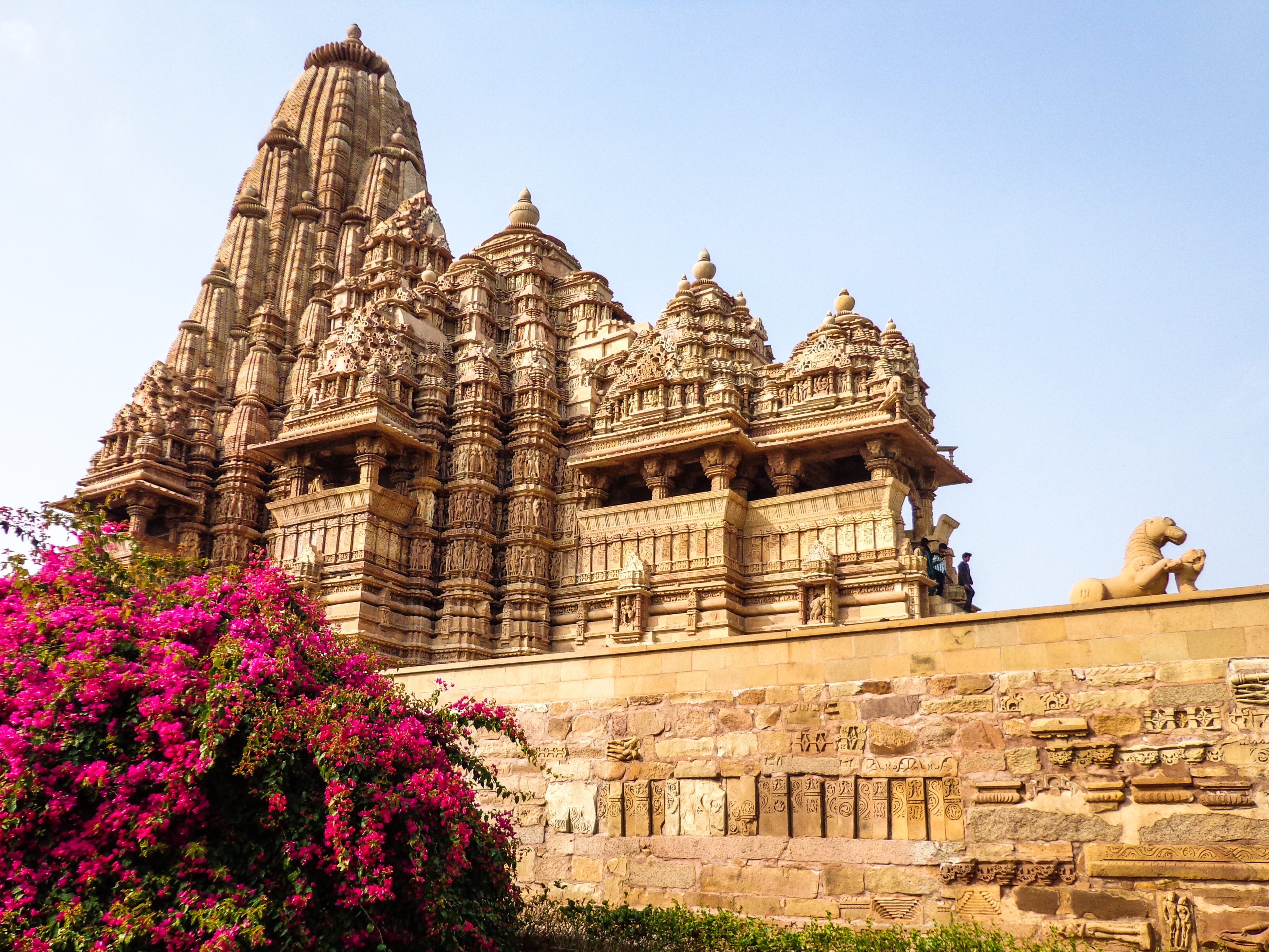
Khajuraho’s Erotic Carvings and the Kama Sutra
While some theories connect the erotic carvings with the Kama Sutra, these have mostly been discredited. One of the beliefs is that the erotic sculptures were considered auspicious and protective. They were placed mainly in the most vulnerable area of the temple maybe to appease and ward off malevolent spirits.
Another theory is that, as temples were places of learning not just worship, the erotic art was there to educate and inspire, to help grow the population and therefore have larger armies. Whatever you believe they will surely make you blush.
And while the sexy sculptures draw the most crowds, the majority of the Khajuraho sculptures depict every day medieval life with scenes depicting gods and goddesses, war, villagers, farming, journeys, elephants and other real or mystical creatures.
The level of detail and skill that you can see if you look close up is amazing, especially considering the age and weathering the sandstone sculptures have undergone. The sculptures also seem to have a fluid quality and it is easy to imagine the movement of the parade of elephants or the swish of the wet sari over the goddesses bottom.
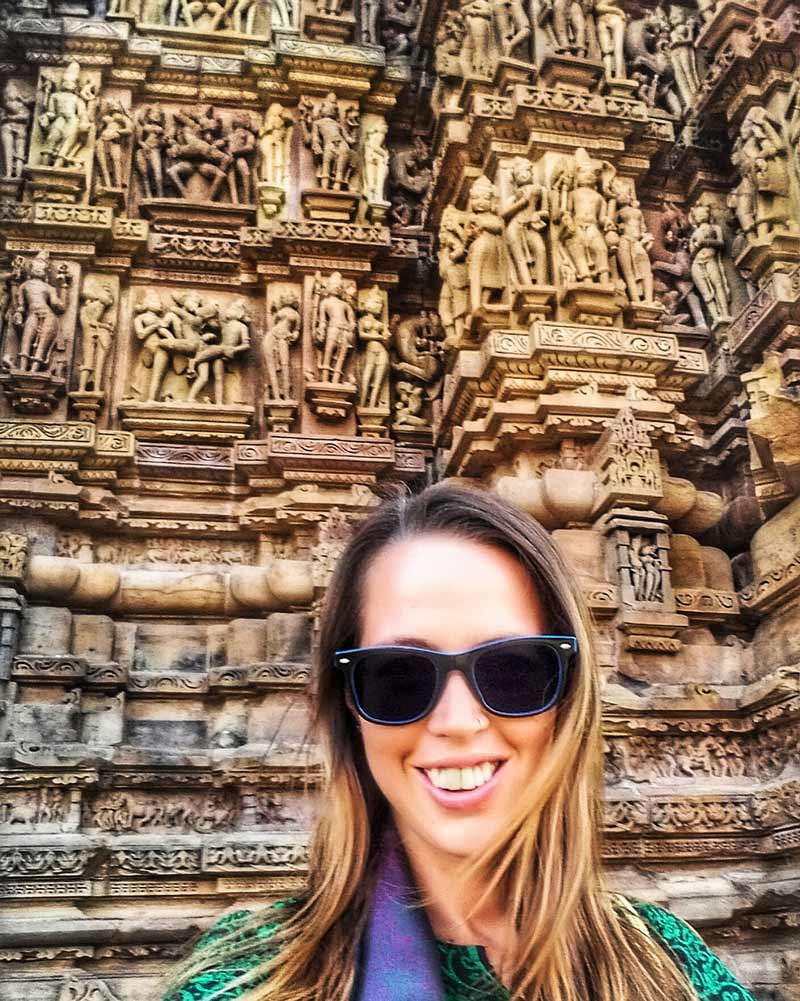
There is so much grandeur and intricate detail to take in on the Khajuraho temples but in contrast, inside the temple, at the centre of the shrine the statue that represents the deity Shiva (the shivaling) is very plain looking.
It felt like a bit of an anti-climax after the elaborate outside but I don’t suppose I’ll ever really be able to understand ancient Hinduism. There’s so much more to this temple than just erotic carvings so I think it’s really worth having a guided tour with a local expert who will help you understand what you are seeing.
We gazed up at the temples to take in all the little details until our necks hurt from looking up and then crossed the road and sat on the rooftop of a restaurant. We heard the squeals of baby boars and looked down to see them rummaging around in the bushes and rubbish below. I also saw my first, eagerly awaited, sandy coloured camel wearing a bright orange cloth with yellow tassels as its turban clad owner lead it past the lake.
To top off a beautiful day, we had a beer on the rooftop before attending the amazing celebration of a wedding anniversary. While we sipped we watched Indian tourists and pilgrims explore the temples in their bright orange, pink and yellow saris. Strands of the last of the sunlight gave a golden hue to the Khajuraho temples as we watched the sun go down behind them in a scene barely changed for thousands of years. Another magical day in incredible India.
This post is part of a series about my first time backpacking India. For more tips for visiting Khajuraho read my Khajuraho travel guide and for more inspiration here’s the best places to visit in Madhya Pradesh.
For tips and stories from more Indian adventures check out my other India travel blogs or check out our India Video Diary.
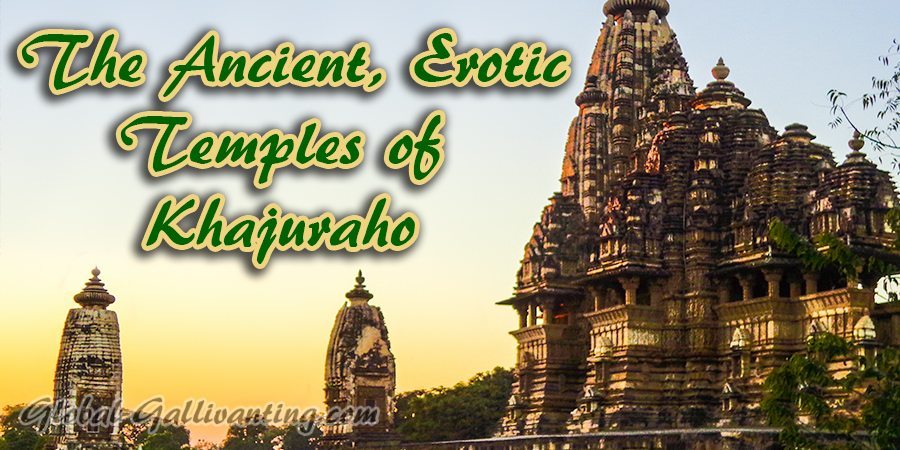
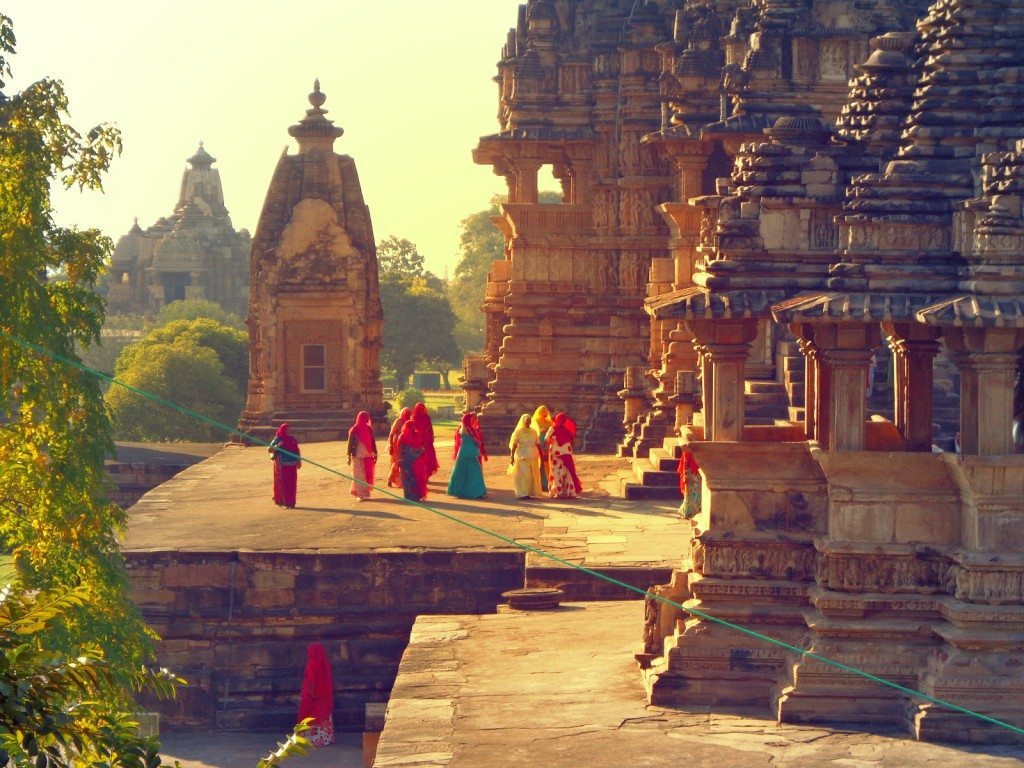
6 comments
Nice blog thanks for sharing. This is really great and very informatics blog. This shows why India is known as land of devotees. We have planned a trip to India. Here can we find more information about India’s temples: http://www.indiatemples.co.in
Thanks for reading! I hope you enjoy your trip to India – it’s a truly fascinating country!
Great description and I love the photos! They are beautifully and stunningly detailed. Visiting from AtoZchallenge, I look forward to reading more and staying connected. 🙂
Hi Crystal! I am enjoying the AtoZchallenge. Thanks so much for commenting. Glad you enjoyed the post – there are so many amazing places and sights in India!
Hey Anna,
Again it’s Kama Sutra not Karma Sutra – I think you should rectify this as you made a mistake in the title of your post.
Greetings!
vio
Thanks for noticing this Vio! 🙂 Hope you are all well x